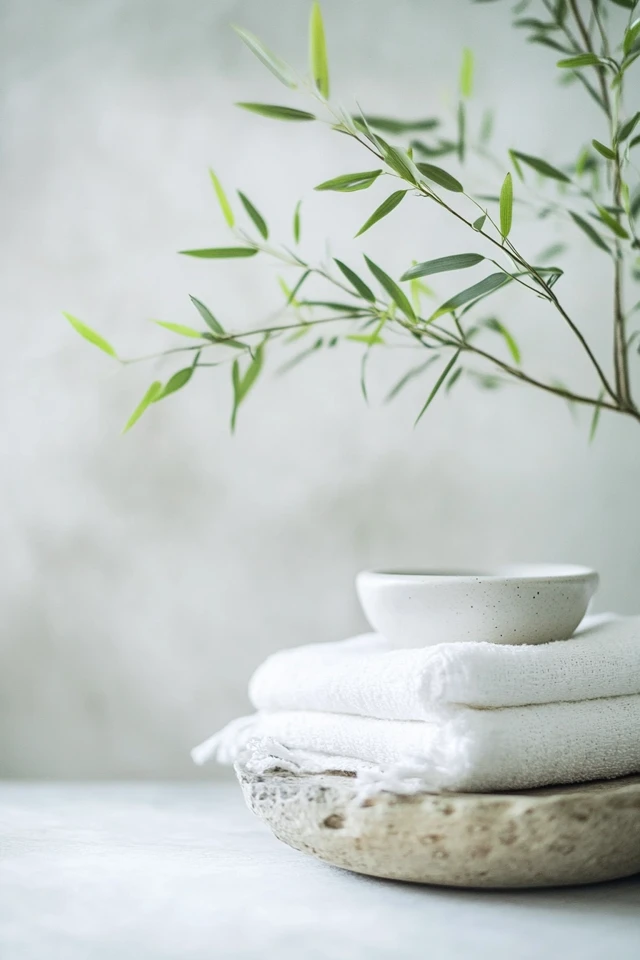Introduction
Minimalism is more than just a design trend—it’s a lifestyle choice that celebrates simplicity, intentionality, and the art of letting go. But creating a minimalist haven doesn’t mean your home has to feel stark or uninviting. It’s about stripping away the unnecessary to reveal the beauty in thoughtful, functional design.
I still remember my own journey toward minimalism. My home was filled with mismatched furniture, piles of decor, and endless knick-knacks that didn’t bring me joy. I thought adding more would make my space feel complete, but it only created chaos. One weekend, I decided to start fresh. I cleared out everything I didn’t love or need, embraced clean lines, neutral tones, and purposeful decor, and the transformation was incredible. My home finally felt like a peaceful retreat—a true minimalist haven.
In this guide, we’ll explore how to create a minimalist room that’s as stylish as it is serene. From decluttering to choosing the right furniture, I’ll share tips and tricks to help you embrace the “less is more” philosophy in your home styling.
Why Choose Minimalism in Room Styling?
Key Benefits
- Reduces Stress: A clutter-free environment promotes calm and relaxation.
- Enhances Functionality: Minimalism prioritizes practical, purposeful design.
- Timeless Appeal: Clean lines and neutral tones never go out of style.
- Showcases Quality: Fewer pieces mean you can invest in high-quality, meaningful items.
1. Declutter and Simplify
Why It Works
The foundation of minimalism is removing anything that doesn’t serve a purpose or spark joy.
How to Do It
- Go through your belongings room by room and categorize them: keep, donate, or discard.
- Ask yourself: “Do I use this? Does it bring me joy?” If not, let it go.
- Focus on maintaining clear surfaces by reducing decor and unnecessary objects.
- Use hidden storage solutions to keep essentials out of sight.
2. Choose a Neutral Color Palette
Why It Works
Neutral tones create a calm, cohesive backdrop that enhances the minimalist aesthetic.
How to Do It
- Stick to whites, grays, beiges, or soft pastels for walls and larger furniture pieces.
- Use a monochromatic scheme or subtle variations of the same tone for cohesion.
- Add depth with texture rather than bold colors—think linen, wood, or concrete.
- Use small pops of muted colors, like sage green or dusty rose, sparingly for interest.
3. Opt for Functional Furniture
Why It Works
Minimalist furniture should serve multiple purposes while maintaining clean, simple lines.
How to Do It
- Choose pieces with hidden storage, like ottomans, coffee tables with drawers, or platform beds.
- Look for furniture with sleek silhouettes and no excessive detailing.
- Use light, natural materials like wood, metal, or glass for a modern yet warm aesthetic.
- Avoid overcrowding—stick to the essentials: a sofa, a table, and one or two accent chairs.
4. Focus on Quality Over Quantity
Why It Works
Investing in fewer, high-quality items ensures your space feels curated and intentional.
How to Do It
- Splurge on durable, timeless furniture that will last for years.
- Incorporate handcrafted or artisanal pieces for unique character.
- Avoid trendy items that may feel dated quickly—opt for classics instead.
- Choose decor that has personal significance, like a piece of art or a vintage find.
5. Embrace Negative Space
Why It Works
Leaving empty spaces creates balance, allows items to breathe, and enhances focus on key pieces.
How to Do It
- Avoid filling every corner of the room—let some areas remain open and untouched.
- Use a single piece of art on a wall instead of a gallery wall.
- Space furniture out to prevent the room from feeling cramped.
- Embrace the beauty of bare surfaces like walls, floors, and countertops.
6. Incorporate Texture for Depth
Why It Works
Texture adds warmth and interest to minimalist spaces, preventing them from feeling cold or flat.
How to Do It
- Layer soft textiles like linen throws, wool rugs, or cotton cushions.
- Use natural materials such as wood, stone, or rattan for a tactile feel.
- Add visual interest with subtle patterns, like a knitted blanket or woven basket.
- Stick to a cohesive palette when adding textures to maintain harmony.
7. Let Natural Light Be the Star
Why It Works
Natural light enhances the airy, open feel of a minimalist space, making it feel bright and welcoming.
How to Do It
- Keep windows bare or use sheer, neutral curtains to let light in.
- Place mirrors strategically to reflect light and make the space feel larger.
- Choose light fixtures with simple designs and soft, warm-toned bulbs.
- Use lighter tones on walls and floors to maximize the brightness of the room.
8. Add Greenery Sparingly
Why It Works
A single plant or small cluster of greenery can bring life and warmth to a minimalist room.
How to Do It
- Choose low-maintenance plants like pothos, snake plants, or succulents.
- Use simple, neutral planters to keep the focus on the plant itself.
- Place plants on open shelves, in corners, or on coffee tables for subtle impact.
- Stick to one or two plants per room to maintain the minimalist aesthetic.
9. Use Thoughtful Storage Solutions
Why It Works
Keeping clutter out of sight is key to maintaining the clean lines and open feel of minimalism.
How to Do It
- Invest in furniture with built-in storage, like storage benches or beds.
- Use matching storage bins or baskets for a cohesive, organized look.
- Store items vertically using shelves or wall-mounted solutions to save floor space.
- Create designated spaces for everyday items to prevent clutter from accumulating.
10. Curate Your Decor
Why It Works
Intentional decor choices prevent a minimalist room from feeling empty while maintaining its serene aesthetic.
How to Do It
- Limit decor to one or two meaningful pieces per surface, like a vase or a framed photo.
- Use art or sculptures with clean lines and neutral tones.
- Display books or magazines in small stacks for a touch of personality.
- Rotate decor seasonally to keep the space feeling fresh and uncluttered.
Picture Gallery
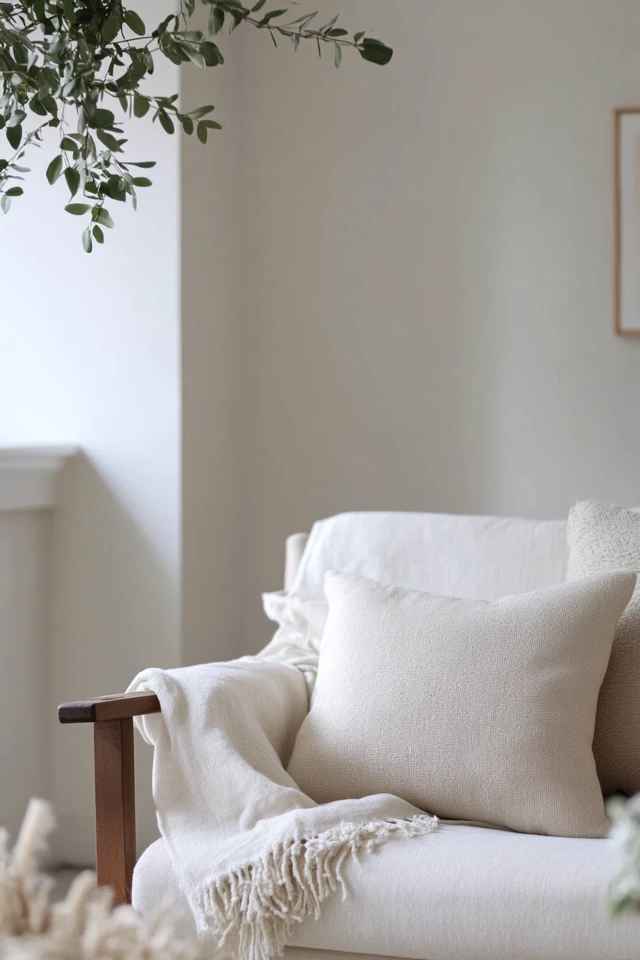

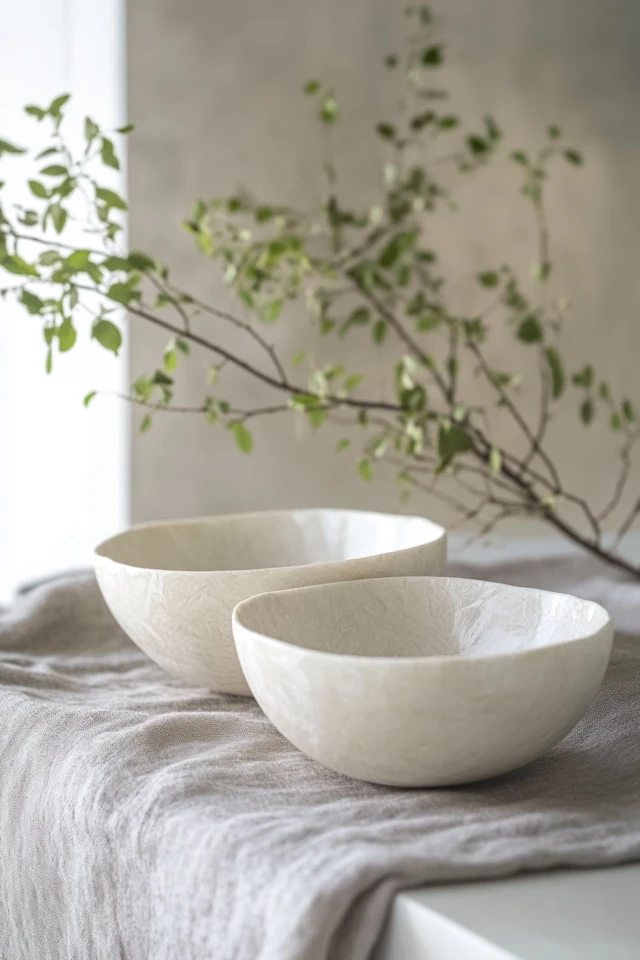
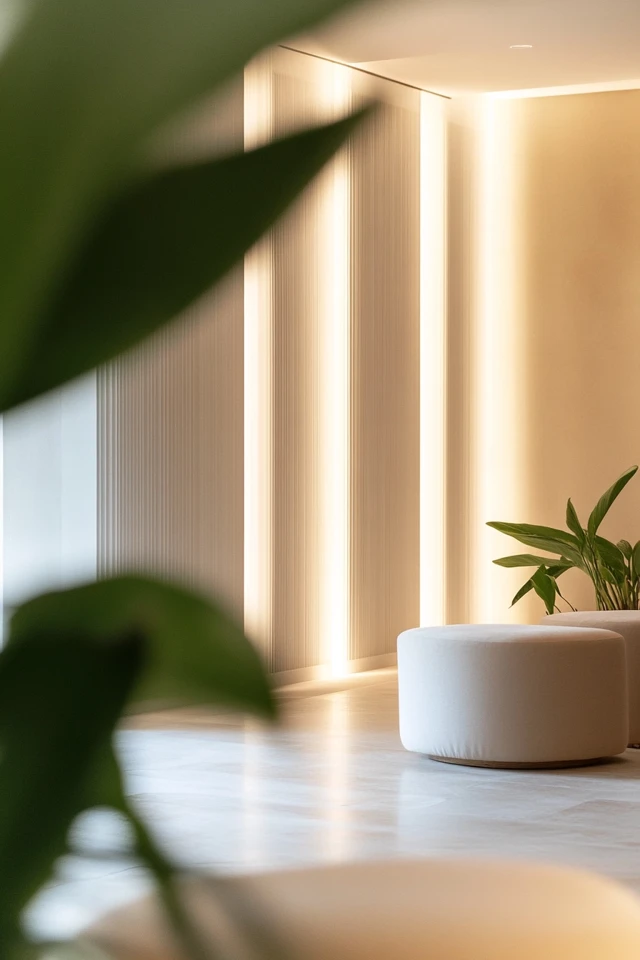
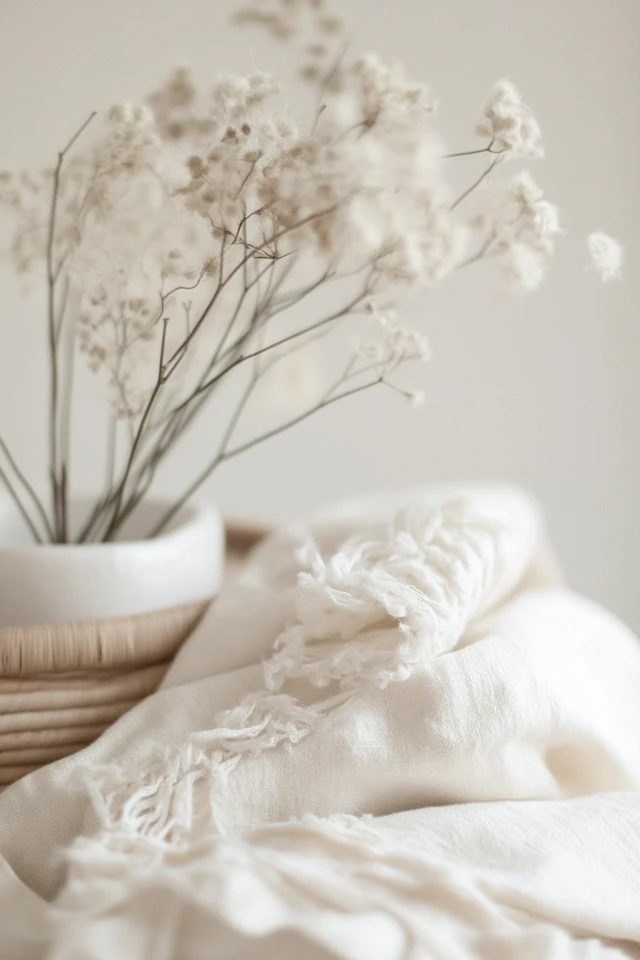
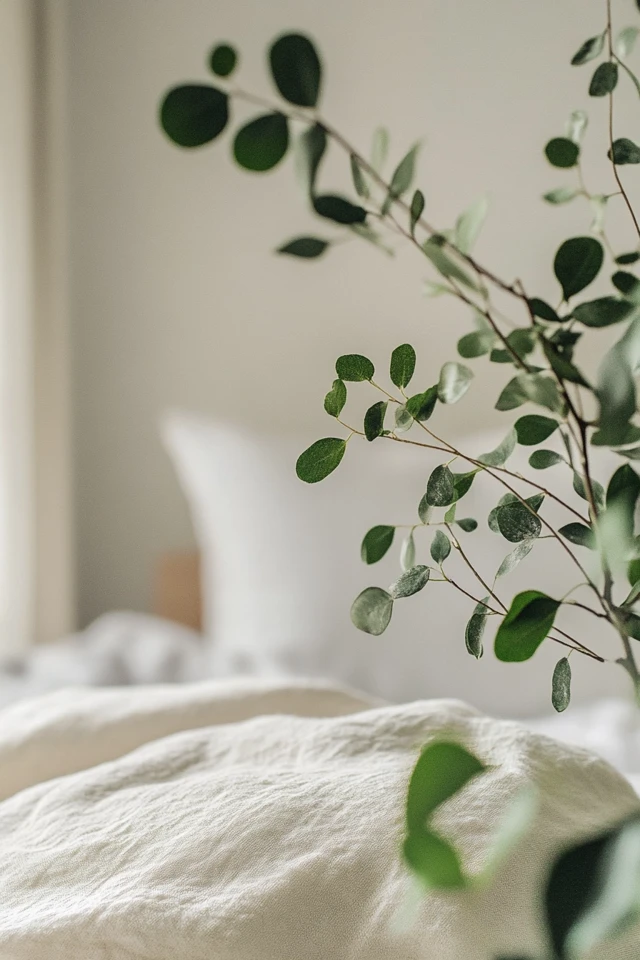

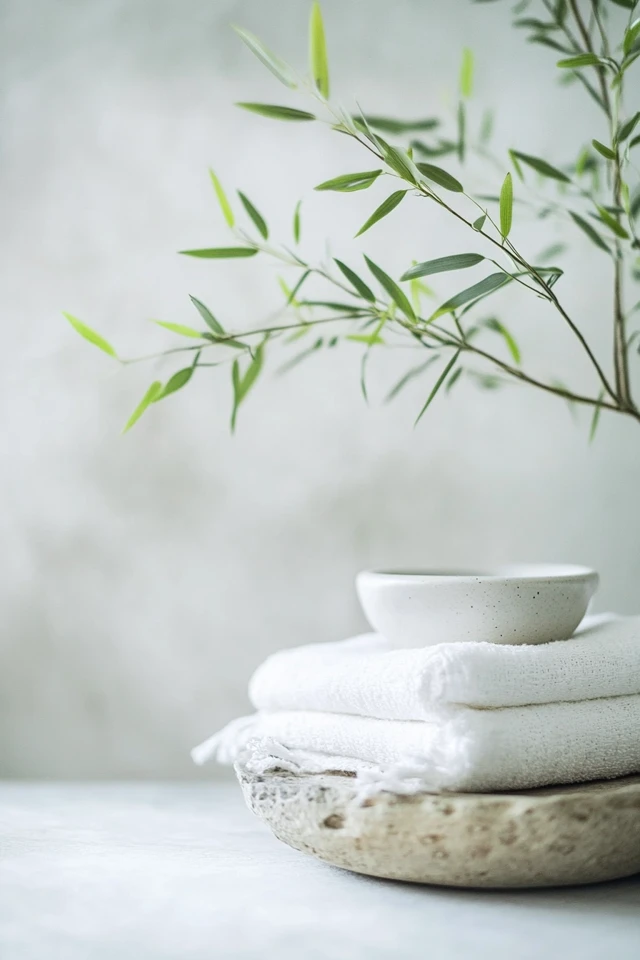
Conclusion
Creating a minimalist haven is about more than just decluttering—it’s about designing a space that serves your needs while bringing peace and joy. By focusing on quality, simplicity, and intentionality, you can craft a home that feels like a true retreat from the chaos of everyday life.
What I love most about minimalist styling is how freeing it feels. Without the distractions of unnecessary items, you can truly appreciate the beauty of your space and the things that matter most.
So take a deep breath, clear the clutter, and embrace the power of “less is more.” Your minimalist haven awaits!
FAQ
Can minimalism still feel cozy?
Yes! Use soft textures, warm lighting, and natural materials to create a minimalist space that’s also inviting.
What’s the best way to start transitioning to minimalism?
Begin by decluttering one room at a time and focusing on keeping only the items that serve a purpose or bring joy.
How do I avoid making a minimalist space feel empty?
Add texture through textiles, incorporate greenery, and select a few meaningful decor pieces to add personality.
Do minimalist rooms work for families with kids?
Absolutely! Invest in practical furniture with hidden storage and create systems to keep toys and clutter organized.
Where can I find minimalist furniture and decor?
Retailers like IKEA, West Elm, CB2, and Muji offer a wide range of minimalist-inspired furniture and decor.

